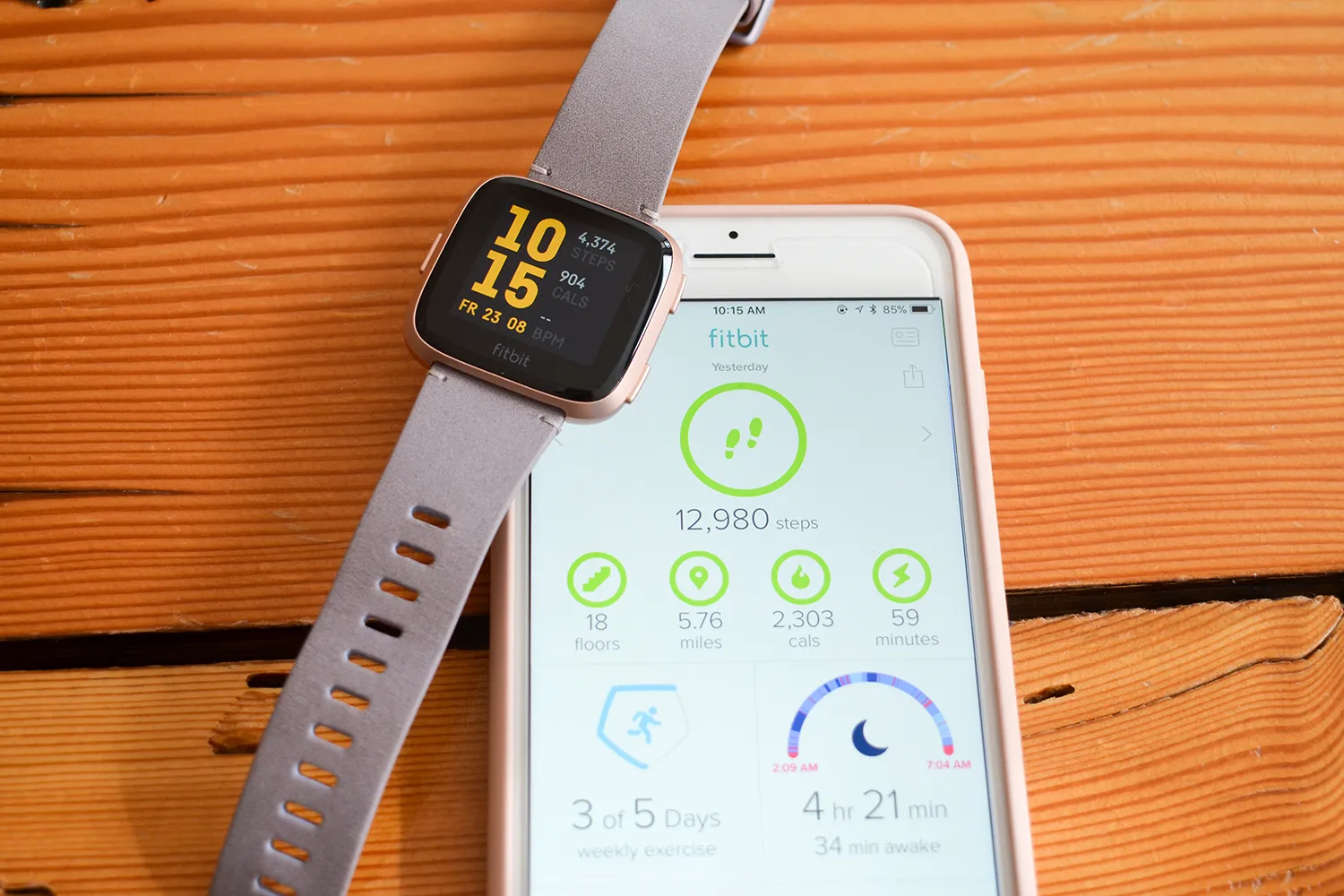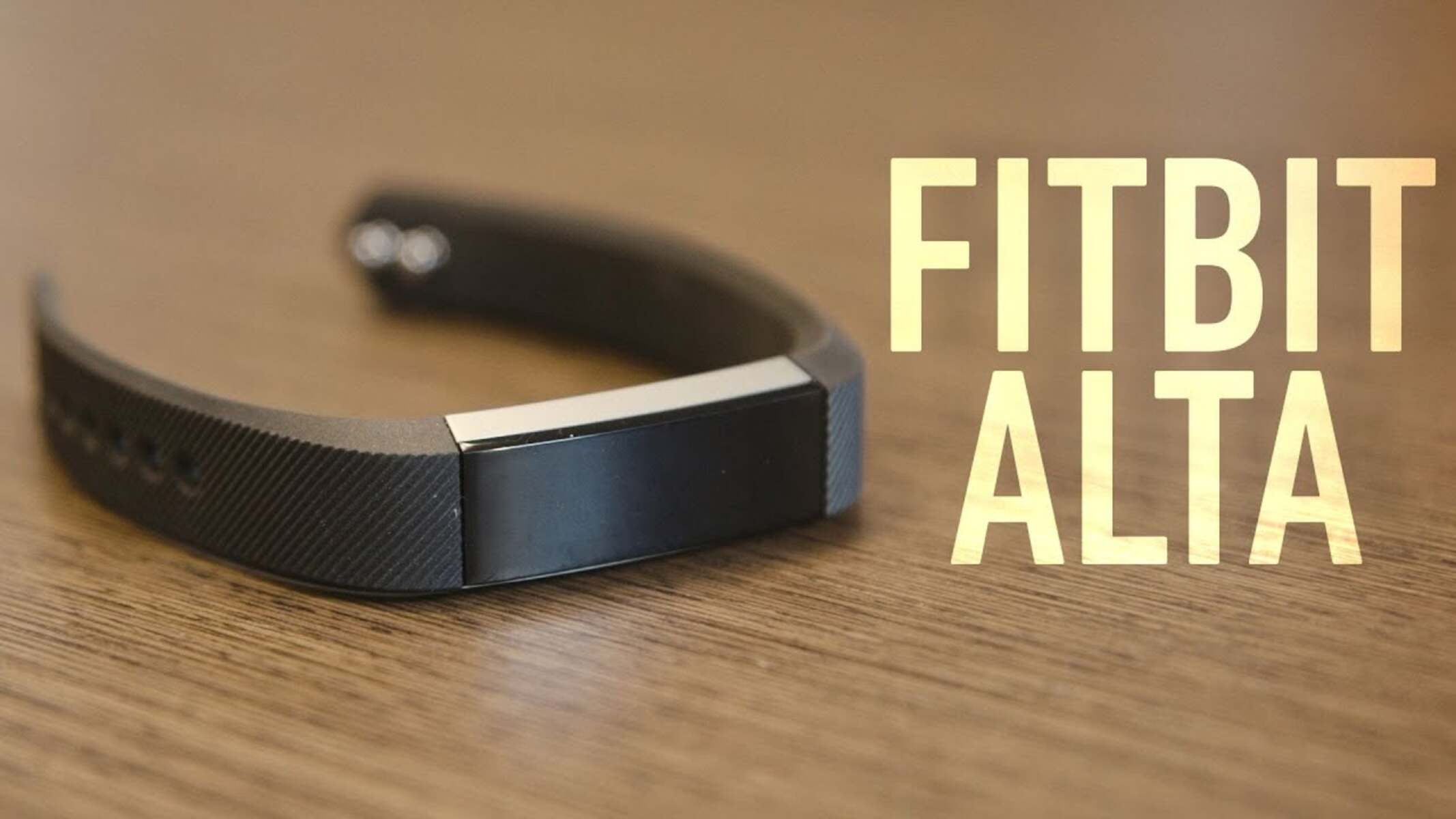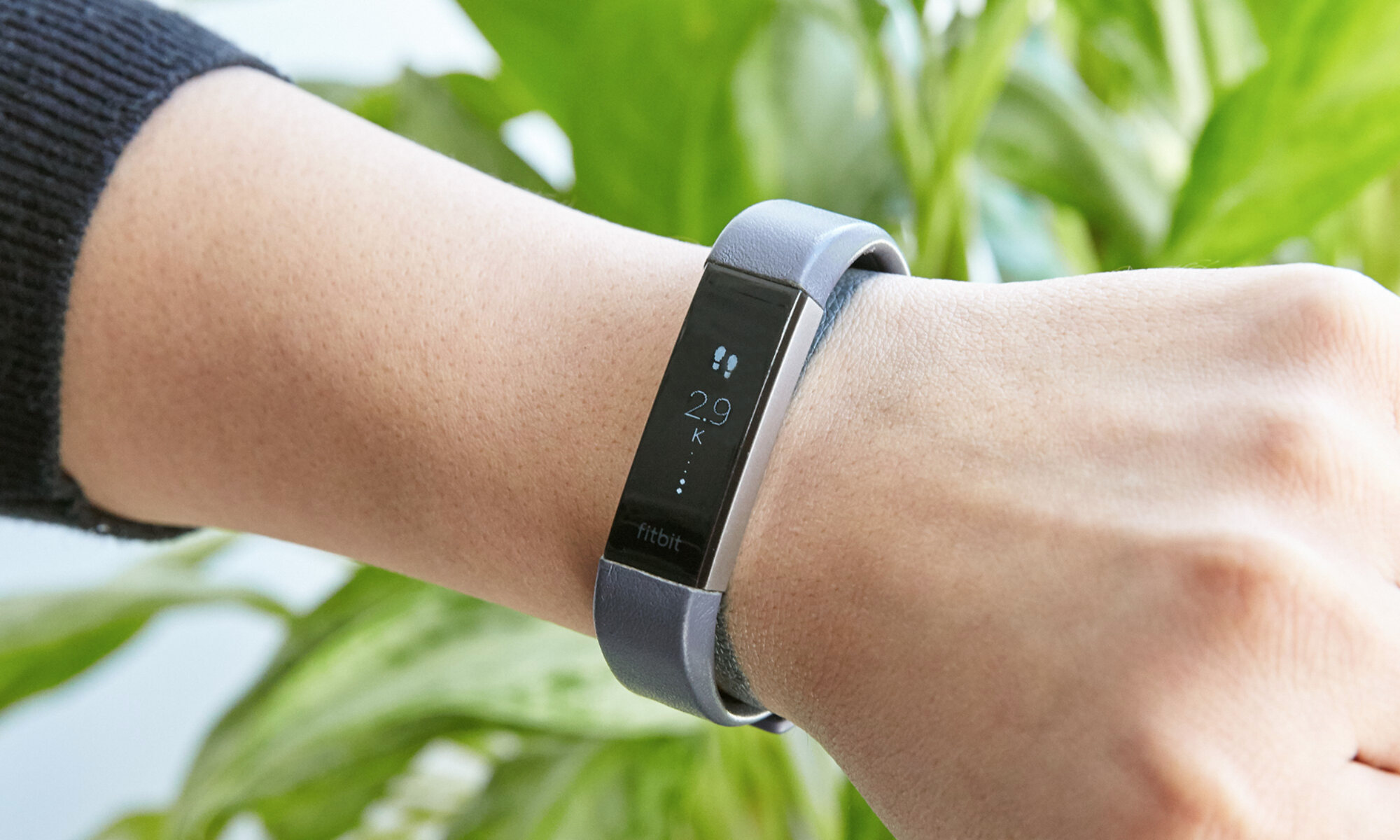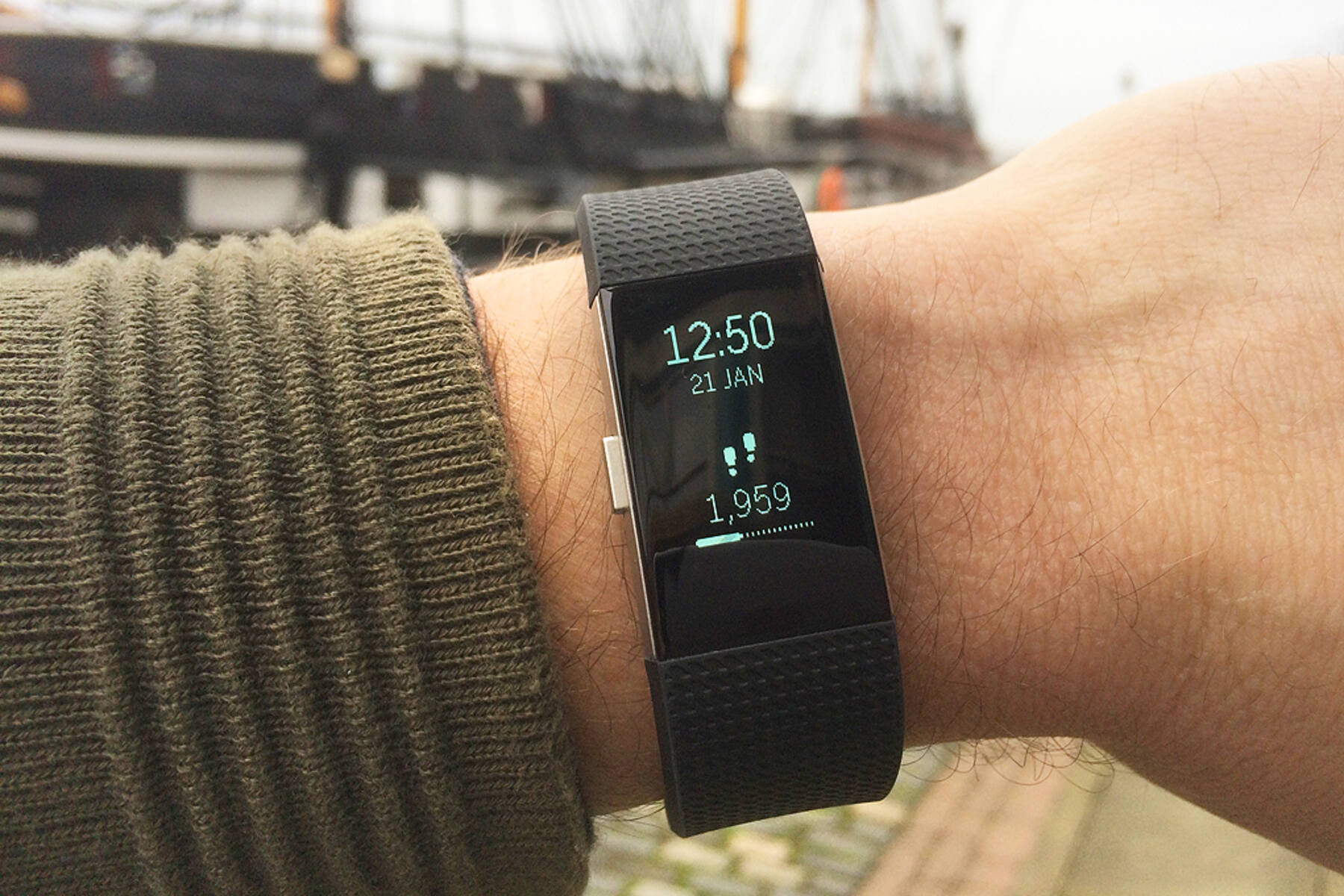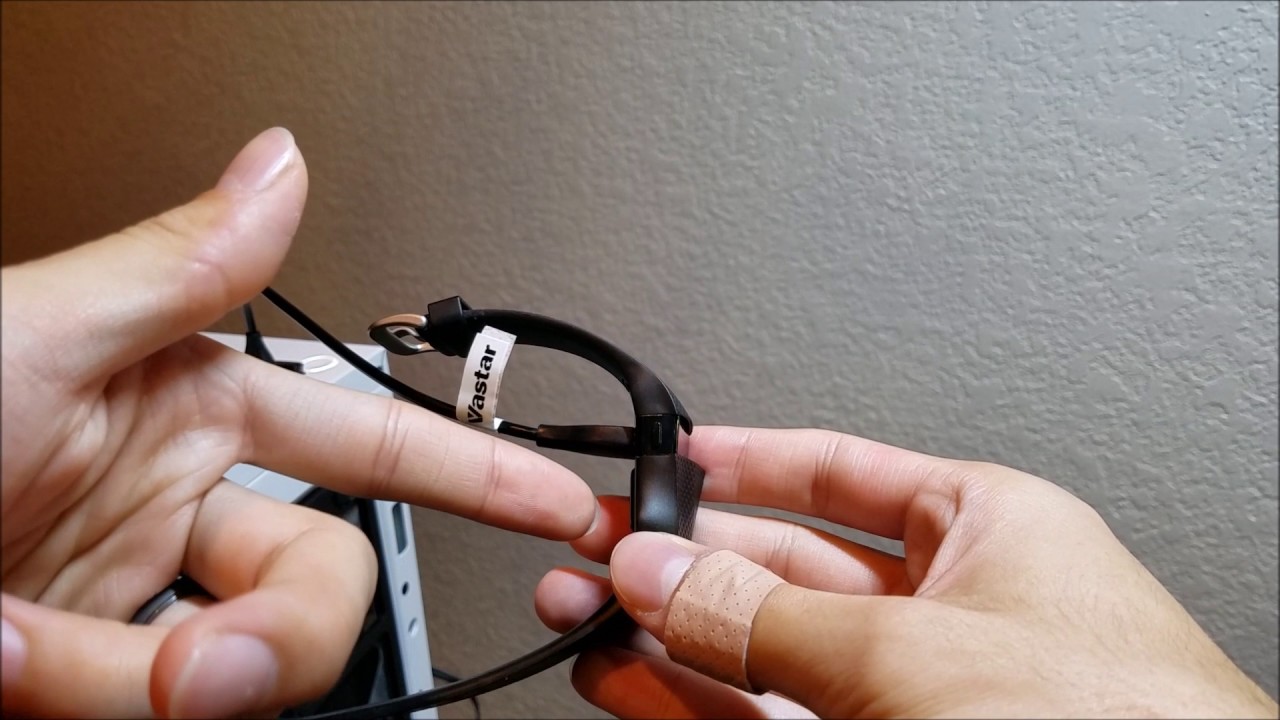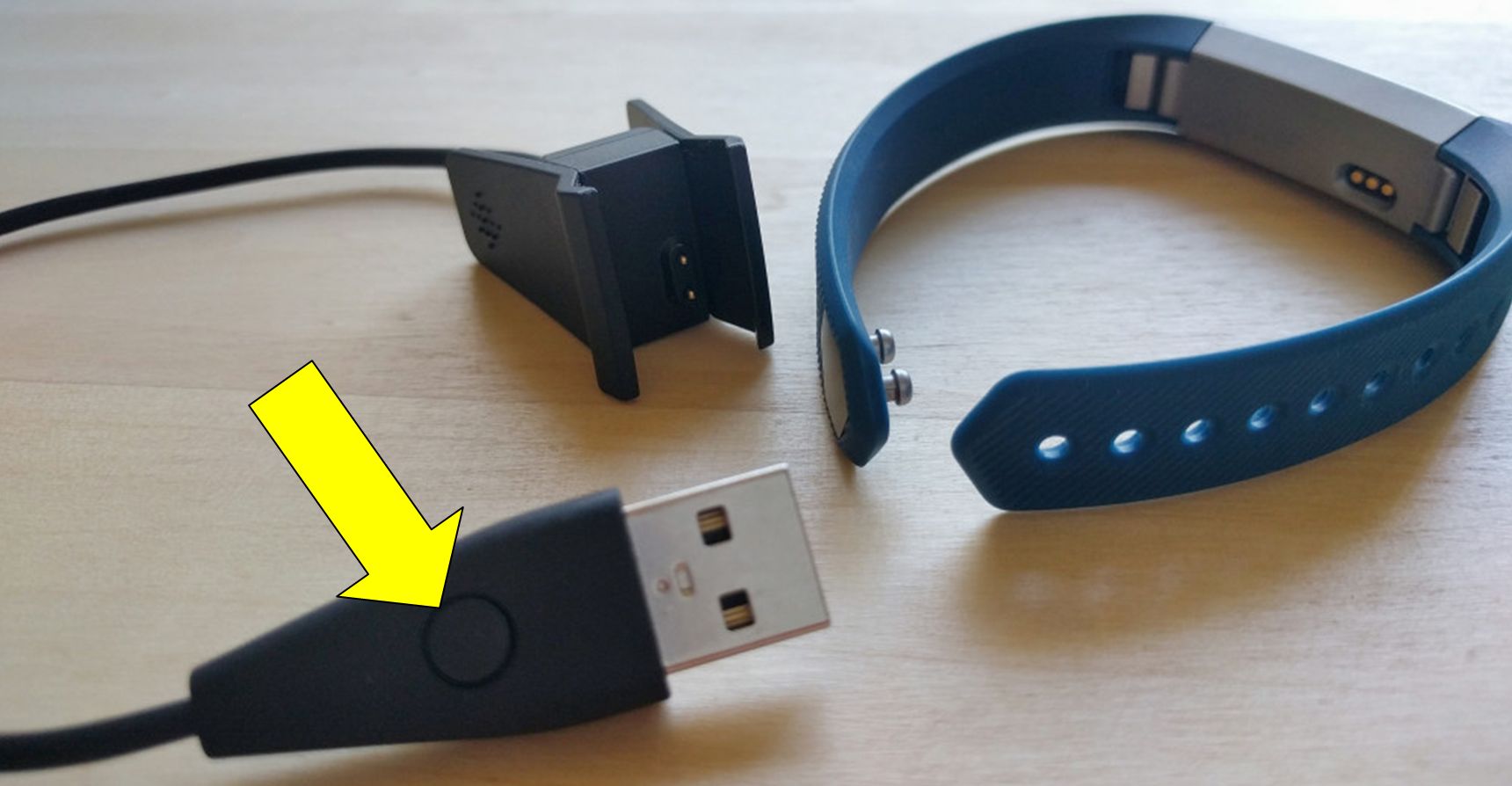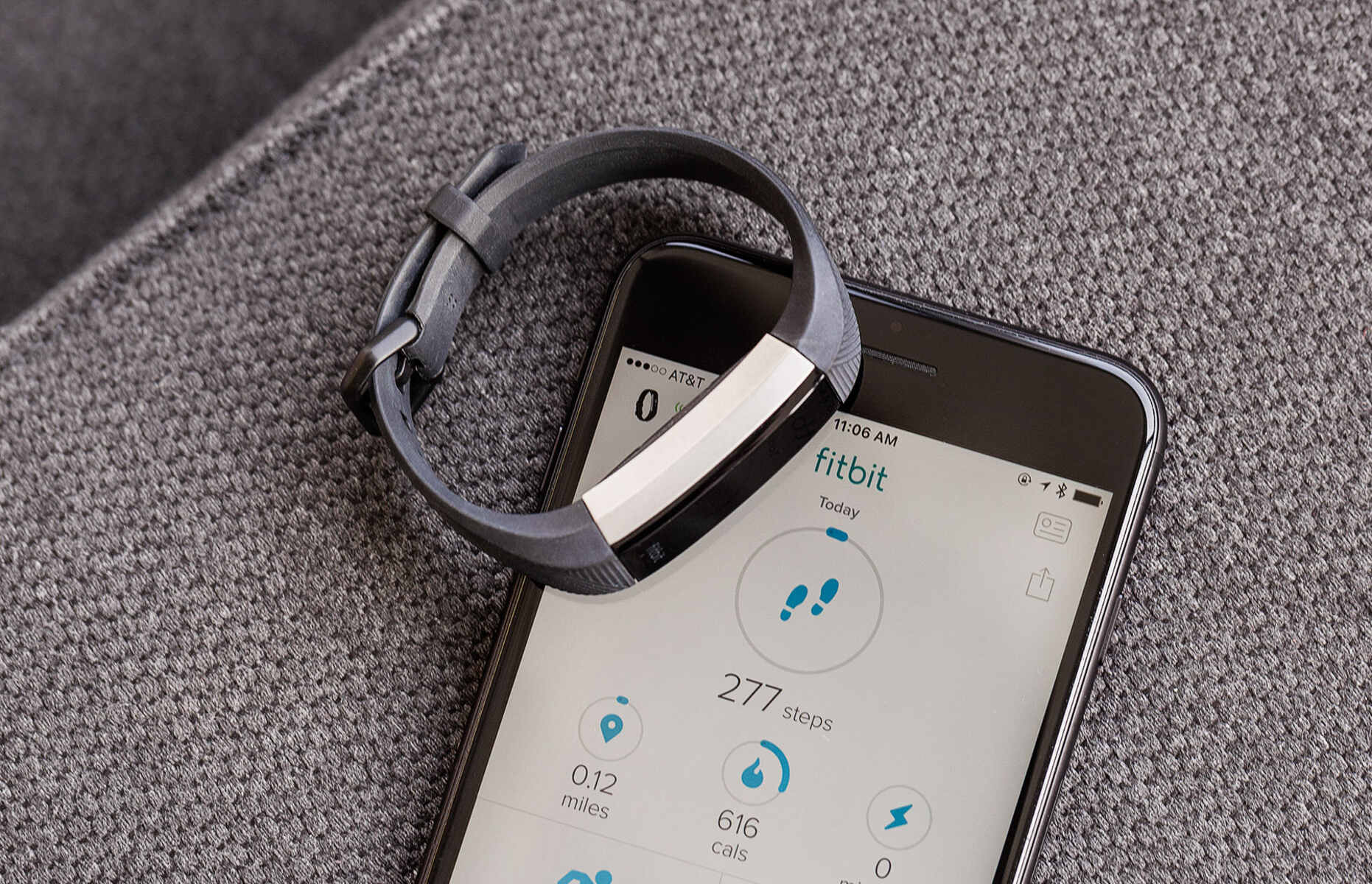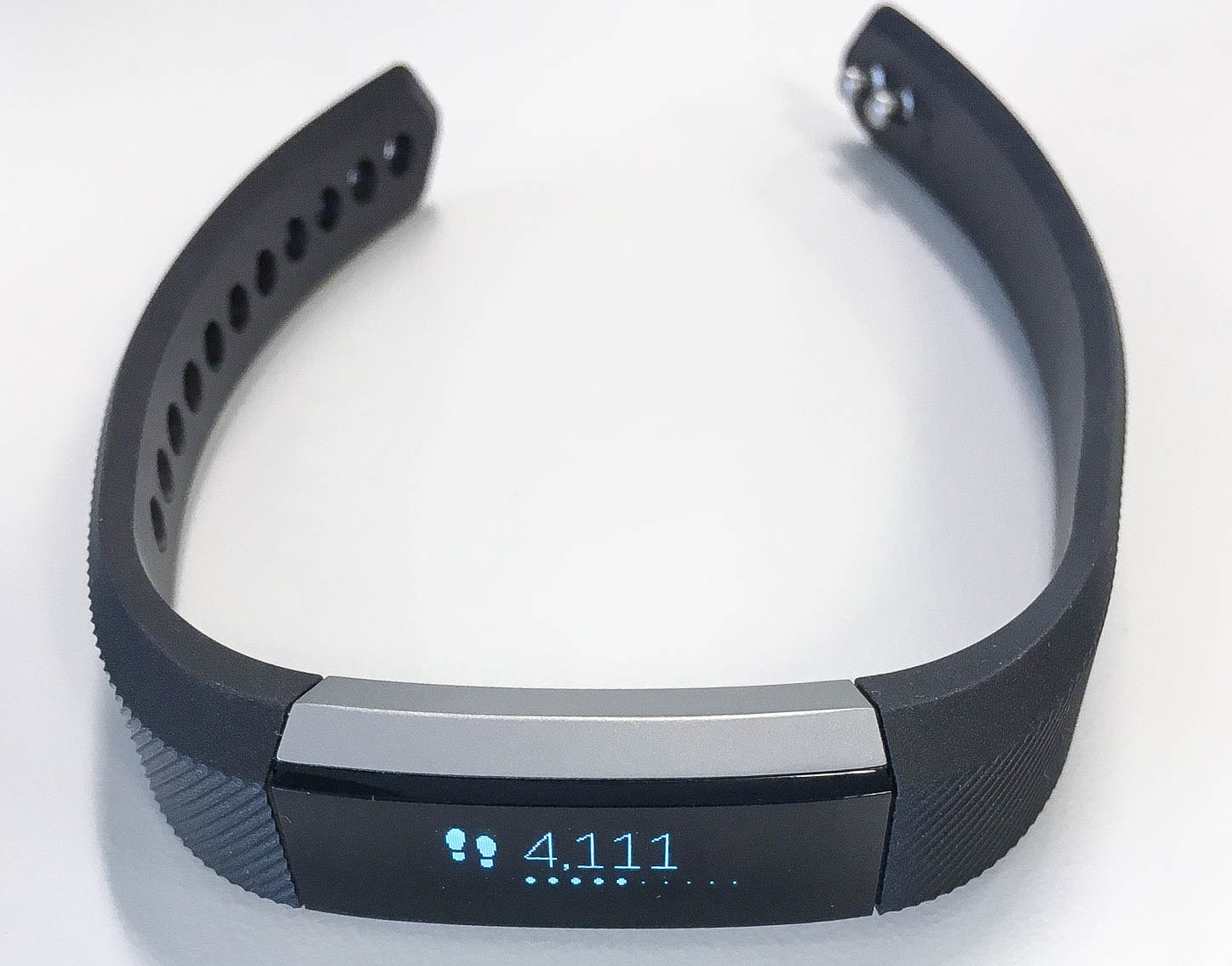Introduction
Sync Troubles: Troubleshooting Sync Issues with Alta Fitbit
In today's fast-paced world, wearable devices like the Alta Fitbit have revolutionized the way we track our fitness goals, monitor our health, and stay connected to our digital lives. However, as convenient as these devices are, encountering sync issues can be a frustrating roadblock in our quest for seamless connectivity. Whether it's a delayed sync, incomplete data transfer, or a total failure to sync, these issues can disrupt our daily routines and hinder our ability to make the most of our wearable technology.
Understanding the root causes of sync problems and learning how to troubleshoot them effectively is essential for ensuring a smooth and uninterrupted experience with your Alta Fitbit. This comprehensive guide will delve into the common sync issues that Alta Fitbit users encounter, providing practical troubleshooting steps to address each issue. By the end of this guide, you'll be equipped with the knowledge and techniques needed to overcome sync troubles and make the most of your Alta Fitbit's capabilities.
Let's embark on a journey to unravel the mysteries of sync issues and empower ourselves with the know-how to conquer these technological hurdles. Whether you're a fitness enthusiast, a health-conscious individual, or a tech-savvy user, this guide is designed to help you navigate the complexities of sync problems and emerge victorious in your quest for seamless connectivity with your Alta Fitbit. So, fasten your seatbelts and get ready to explore the world of troubleshooting sync issues with your Alta Fitbit!
Understanding Sync Issues
Syncing is a crucial aspect of the Alta Fitbit experience, allowing users to seamlessly transfer data between their device and the associated app or platform. However, understanding the intricacies of sync issues is essential for troubleshooting and resolving these challenges effectively.
Sync issues can manifest in various forms, including delayed syncing, incomplete data transfer, and outright failure to sync. These issues can arise due to a multitude of factors, ranging from technical glitches to user-related errors. Understanding the common culprits behind sync problems is the first step toward addressing these issues proactively.
One prevalent cause of sync issues is connectivity issues between the Alta Fitbit and the syncing device, such as a smartphone or computer. Poor Bluetooth connectivity, Wi-Fi disruptions, or inadequate network signals can impede the smooth transfer of data, resulting in sync delays or failures. Additionally, software conflicts, outdated firmware, or incompatible operating systems can also contribute to sync challenges, necessitating a deeper understanding of the device's technical infrastructure.
Moreover, user-related factors, such as improper handling of the Alta Fitbit or insufficient knowledge of the syncing process, can lead to sync issues. For instance, failing to initiate the syncing process correctly, neglecting to update the device or app, or encountering physical obstructions during the syncing process can all contribute to sync troubles.
Understanding the nuances of sync issues empowers users to identify potential triggers and take proactive measures to mitigate these challenges. By gaining insight into the underlying causes of sync problems, users can approach troubleshooting with a more informed and strategic mindset, thereby enhancing their ability to resolve these issues effectively.
In the next section, we will delve into the specific sync problems that Alta Fitbit users commonly encounter, shedding light on the diverse nature of these challenges and setting the stage for targeted troubleshooting strategies.
Common Sync Problems
-
Delayed Syncing: One of the most prevalent issues experienced by Alta Fitbit users is delayed syncing. This manifests as a significant lag between the data recorded by the device and its transfer to the associated app or platform. Users may find themselves waiting for extended periods before their latest fitness metrics, such as steps taken, heart rate data, or sleep patterns, are reflected in the app. This delay can impede real-time tracking and analysis, undermining the device's utility in providing timely insights.
-
Incomplete Data Transfer: Another common sync problem involves incomplete data transfer, where certain metrics or records fail to sync accurately or entirely. This can lead to discrepancies in the user's fitness and health data, rendering the information fragmented and unreliable. Incomplete data transfer diminishes the device's ability to provide comprehensive insights, hampering the user's ability to make informed decisions about their well-being and fitness progress.
-
Sync Failure: At times, Alta Fitbit users may encounter complete sync failures, where the device and the associated app or platform fail to establish a connection for data transfer. This frustrating issue can disrupt the seamless flow of information, leaving users unable to access their latest fitness and health data. Sync failures can be particularly disruptive, hindering the user's ability to track their progress, set new goals, and leverage the device's full potential.
-
Intermittent Syncing: Intermittent syncing issues plague some users, where the device's syncing behavior is sporadic and unpredictable. This inconsistency can lead to a lack of trust in the device's reliability, as users are unable to predict when their data will be successfully transferred. Intermittent syncing can create uncertainty and frustration, undermining the user's confidence in the device's ability to deliver consistent and accurate insights.
-
Syncing Errors: Users may also encounter specific error messages or codes during the syncing process, indicating technical hiccups that impede successful data transfer. These errors can range from connectivity issues to software conflicts, requiring users to decipher and address the underlying causes to restore seamless syncing functionality.
Understanding these common sync problems is pivotal for Alta Fitbit users seeking to troubleshoot and resolve these issues effectively. By identifying the specific challenges they face, users can embark on targeted troubleshooting strategies to regain the seamless syncing experience they desire.
Troubleshooting Steps
Addressing sync issues with your Alta Fitbit requires a systematic approach to identify and resolve the underlying causes effectively. By following these troubleshooting steps, you can navigate the complexities of sync problems and restore seamless connectivity with your device and associated app or platform.
-
Check Connectivity: Begin by ensuring that both your Alta Fitbit and the syncing device, such as a smartphone or computer, have stable and robust connectivity. Verify that Bluetooth and Wi-Fi signals are strong and consistent, as poor connectivity can impede the syncing process. Additionally, eliminate any physical obstructions that may interfere with the wireless connection, optimizing the environment for smooth data transfer.
-
Update Firmware and Software: Keeping your Alta Fitbit's firmware and the associated app or platform up to date is crucial for resolving sync issues. Check for available firmware updates for your device and ensure that the syncing app or software is running the latest version. Outdated firmware or software can introduce compatibility issues and hinder the seamless transfer of data.
-
Restart Devices: Sometimes, a simple restart can work wonders in resolving sync problems. Power off both your Alta Fitbit and the syncing device, then power them back on to reset their connectivity and refresh their operating systems. This basic troubleshooting step can clear temporary glitches and restore the syncing functionality.
-
Reposition and Reset: If you're encountering intermittent syncing or incomplete data transfer, consider repositioning your Alta Fitbit on your wrist to optimize its proximity to the syncing device. Additionally, perform a reset on your Alta Fitbit, following the device's specific reset instructions to recalibrate its syncing capabilities.
-
Check App Permissions: Ensure that the syncing app or platform has the necessary permissions to access and transfer data from your Alta Fitbit. Review the app's settings to confirm that it has the required permissions for syncing, as restricted access can impede the data transfer process.
-
Contact Support: If persistent sync issues persist despite your troubleshooting efforts, reaching out to Alta Fitbit's customer support can provide valuable insights and tailored solutions. The support team can offer personalized guidance and assistance in diagnosing and resolving complex sync problems, ensuring that you receive the necessary support to overcome these challenges.
By following these troubleshooting steps, you can navigate the intricacies of sync issues and empower yourself with the knowledge and techniques needed to conquer these technological hurdles effectively. With a proactive and systematic approach, you can restore seamless connectivity with your Alta Fitbit, unlocking its full potential as a reliable and insightful wearable companion.
Conclusion
In the realm of wearable technology, the Alta Fitbit stands as a beacon of innovation, empowering users to track their fitness journey, monitor their health metrics, and stay connected to their digital world. However, the journey to harnessing the full potential of this remarkable device is not without its challenges, particularly when it comes to addressing sync issues. As we conclude our exploration of troubleshooting sync issues with the Alta Fitbit, it's essential to reflect on the transformative insights gained and the empowering strategies uncovered.
Sync issues, ranging from delayed syncing to complete sync failures, can disrupt the seamless flow of data between the Alta Fitbit and its associated app or platform. These challenges, though daunting, are not insurmountable. By delving into the common culprits behind sync problems and understanding the nuances of these issues, users can equip themselves with the knowledge and techniques needed to navigate these hurdles effectively.
The comprehensive understanding of sync problems, from delayed syncing to intermittent syncing, has shed light on the diverse nature of these challenges. Armed with this knowledge, users can approach troubleshooting with confidence, knowing that targeted strategies can restore seamless connectivity and unlock the full potential of their Alta Fitbit.
The troubleshooting steps outlined in this guide provide a roadmap for users to address sync issues systematically. From checking connectivity to updating firmware and software, these proactive measures empower users to take control of their syncing experience and overcome technical hurdles with resilience and determination.
As users embark on their journey to troubleshoot sync issues with the Alta Fitbit, it's crucial to embrace a proactive mindset, leveraging the insights and strategies presented to navigate these challenges effectively. By following the troubleshooting steps and seeking support when needed, users can reclaim the seamless syncing experience they desire, ensuring that their Alta Fitbit remains a reliable and insightful companion in their quest for health, wellness, and connectivity.
In conclusion, the quest to conquer sync issues with the Alta Fitbit is not merely a technical endeavor; it's a journey of empowerment and resilience. By harnessing the knowledge and strategies shared in this guide, users can transcend sync troubles and embrace the transformative potential of their Alta Fitbit, ushering in a new era of seamless connectivity and insightful tracking. With determination and a proactive approach, users can navigate the complexities of sync issues, emerging victorious in their quest for a seamless and empowering wearable experience.







